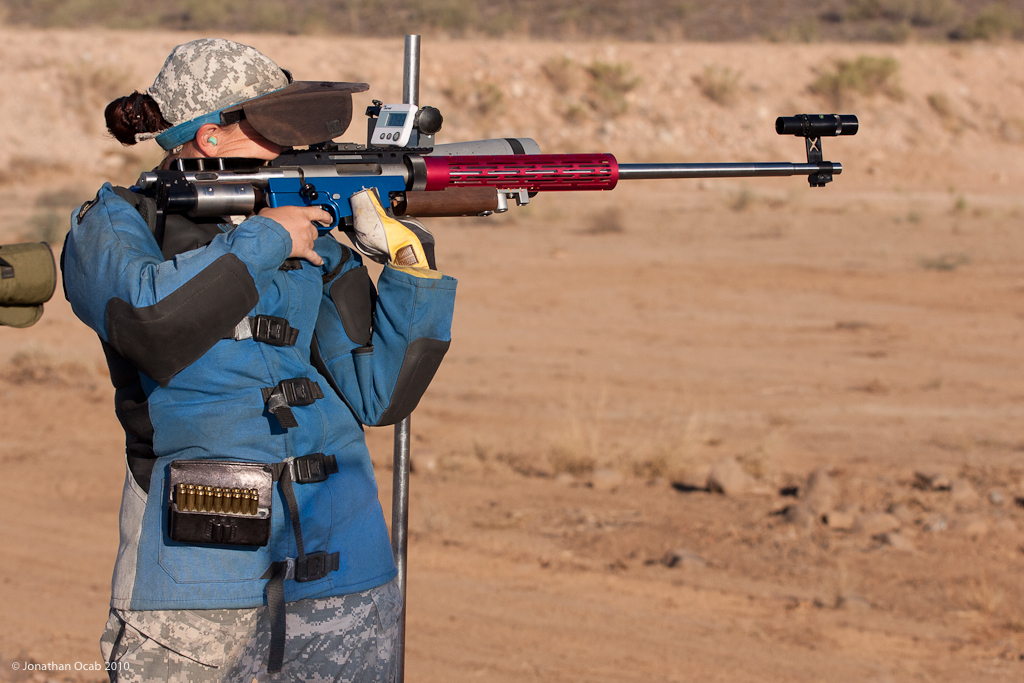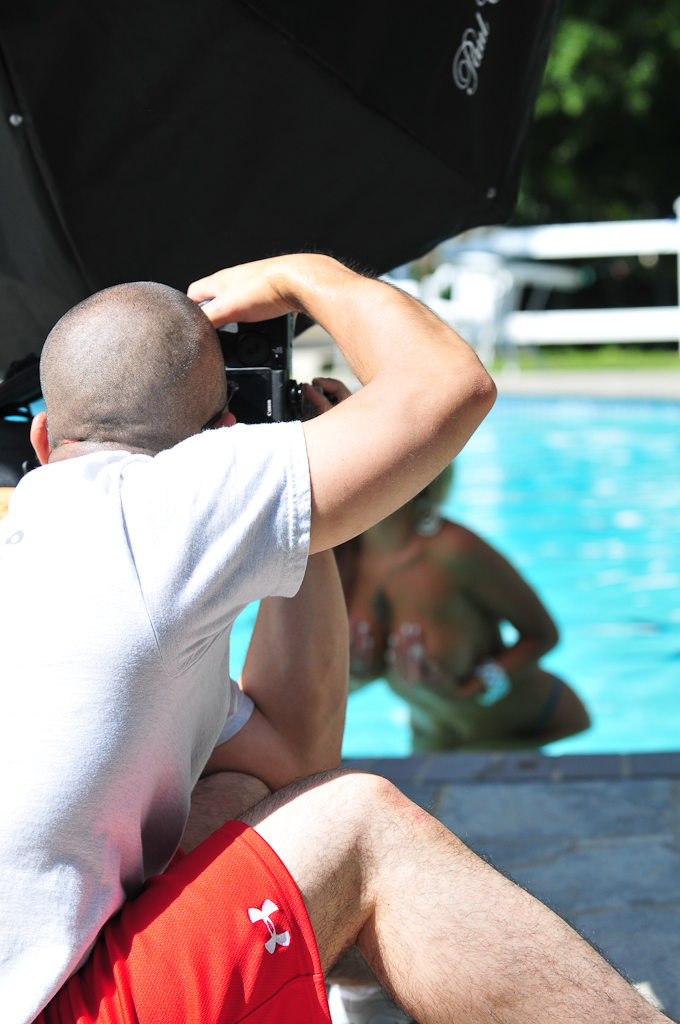People view muscle strength as the primary factor in being able to lift and hold objects. In general, this is a true assumption. But using muscles is not the most efficient way to hold an object.
As an experiment, grab a 5 pound weight with your dominant hand, extend your arm straight out away from your body and hold the weight as steady as you can. How long can you hold it before your arm starts to get tired? How long can you hold it without your arm trembling? 30 seconds? 45 seconds? 60 seconds? After you arm gets tired and you have to drop your arm, how long can you hold the weight with your arm extended a second time?
My point? The above excercise is using only the muscles in your arm and shoulders to support the weight. After several seconds, your muscles begin to get tired and eventually, the fatigue in the muscles in your arm result in your inability to keep the weight stable in your hand. Eventually you get exhausted and have to bring your arm down.
The reason I have attempted to establish this point is so that I can convey the concept of using skeletal (or bone) support, instead of muscles, to hold a rifle for maximum accuracy.
NRA (and CMP) High Power Rifle competitions incorporate the unsupported standing position as one of the stages of fire in a full course match. Unsupported standing means that the competitor must hold and fire the rifle from a standing position with no artificial support like a sling, tripod, or bipod. The standing stage of fire is typically 22 rounds fired in a time limit of 22 minutes. This means the shooter has to shoulder the rifle, hold on a target at 200 yards, and attempt to hit a 7″ 10-ring, 22 individual times. This can wear down a shooter physically (and mentally).
In order to prevent fatigue from being a factor, High Power Rifle competitors are taught to use skeletal support. Skeletal support means you don’t use muscles to force the rifle into position and on target.
This is not to say you can’t use muscles to strengthen the hold. But strengthening the hold is not the same thing as creating the position/hold.
If you analyze the standing position used by experienced shooters (e.g. Master, High Master, Distinguished), they will all typically have the same standing stance. They will essentially be facing 90 degrees from the target, with their ‘weak’ side facing the target (left side if a right handed shooter).

When the rifle is mounted, the tricep (or back) of the support arm is flush against the side of the torso/abdomen, while the forearm of the shooter is coming virtually straight up to support the forearm of the rifle. This creates a support platform for the rifle which is stable and comfortable.
‘Comfortable’ meaning that the shooter can support the rifle in this position with the least amount of muscle strain. Minimizing muscle strain translates into minimal fatigue and minimal deterioration of the position during the stage of fire. This results in maximized stability of the position.
The concept of using skeletal/bone support instead of muscle support can crossover to the field of photography, which is what inspired me to write this article and film the following video.
There was a thread in the Canon Forums (POTN) where a member was debating on which 70-200 lens to get, the f/4 vs the f/2.8. Weight was brought up as a factor and someone had responded with the comment on hitting the gym so he could hold the f/2.8 version. Then several other people also joined in agreeing with the hitting the gym comment. I had to chime in with the concept of skeletal support (instead of muscle support) because I felt it was a worthy practice to convey.
I think that the concept of skeletal support definitely crosses over from competitive NRA/CMP High Power Rifle shooting into photography quite well. The above video demonstrates the application with regards to ‘handholding’ a dSLR camera and a sizable lens without support (no tripod or monopod) in a standing position. Often I find myself holding a dSLR in sitting and prone positions quite similar to my sitting and prone positions in competitive rifle shooting.

While I don’t use the open legged sitting position in High Power Rifle competitions (I use a hybrid cross-legged / cross-ankle position), this is one style of sitting position used by rifle shooters. But the above photo shows how an open legged rifle sitting position adapts easily into photography. Note how I have the back of my upper arm (tricep) against the front and high side of the shin for maximal flat-side contact between the arm and knee for a steady support. The support forearm is held straight up to create a vertical column to support the weight of the dSLR and lens.
Anyway, for those rifle shooters looking to learn more about the basic fundamentals of the standing position (as well as sitting and prone), check out the following books:
- Highpower Rifle (zediker.com) by David Tubb
- The Rifle Shooter (zediker.com by David Tubb
Rifle shooters or photographers with more questions regarding the concept of skeletal support, feel free to contact me directly.

ken
Interesting technique…thanks.
BTW, get the AB remote power control for the TT when they’re available. I have the JrX Studios and being able to remotely control power makes shoots go a lot faster :-)
Evan
sounds good, but my question is this: how are you manipulating the zoom/focus rings with your non-shutter hand gripping the mount like that?
ocabj
I’m not really.
But you can position your body 45 degrees to the subject, get the support hand forward on the barrel of the lens to get to the zoom ring and the support elbow/tricep will be closer to the center of your torso.
John I.
Johnathon:
You’re intuition is correct. Joe McNally calls this Da Grip.
Pistol training with the Falcon Operations Group
[…] the ground. This is a huge departure from my competitive High Power Rifle shooting background where bone support is key to a good shooting position. But the technique is sound because it eliminates the recoil pivot (pistol recoils up if elbows […]